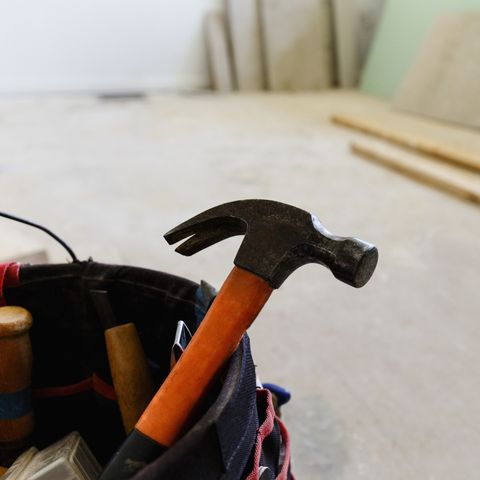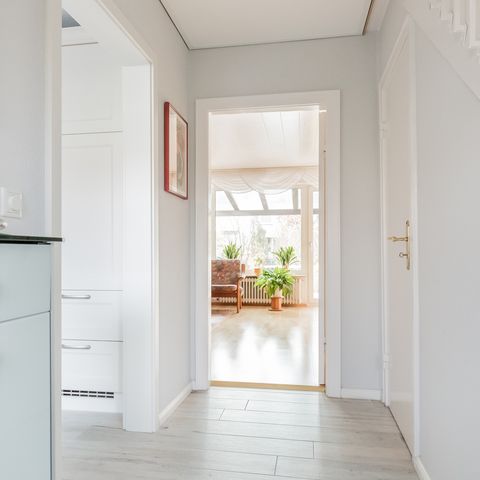10 THINGS TO KNOW WHILE BUYING 1 BHK FLATS IN PUNE
Source:-http://sanchetibuilders.com/10-things-know-buying-1-bhk-flats-pune/
February 7, 2018 - Uncategorized
February 7, 2018 - Uncategorized
Investing into real estates has now become important all. Real estates gives great benefit to the people after reselling or when given on rental basis. Investing in this is not so easy as many people generally opt for real estate advisors. RERA & GST also have a great impact on real estate.
Buying a new flat in Pune?
There are certain things you should take into consideration. There are many ongoing constructions in Pune you should look after. Today real estate in India is rising at a phenomenal pace with options to buy, sell & give on rental basis.

Buying a new flat in Pune?
There are certain things you should take into consideration. There are many ongoing constructions in Pune you should look after. Today real estate in India is rising at a phenomenal pace with options to buy, sell & give on rental basis.

Following are the things you should look out for while buying a new flat in Pune:-
1) Check out ongoing constructions
First & foremost thing is to check out the on going/new 1 BHK flat constructions in Pune.
2) Information about the builders
After finding the new 1 BHK flat constructions in Pune second thing you should consider is knowing about the builders, his past constructions & his customer reviews. You should also know about the builder’s history.
3) Location
One of the most important points is to know about the exact location & to check whether it suits you or not, as location plays an important role. The location should be such that it has facilities like banks, hospitals, schools and other important destinations in nearby areas.
4) Decide on your budget
After checking out various constructions & locations its vitally important to set your budget figure & how much are you willing to spend on buying a new 1 BHK Flat in Pune. After choosing location, budget needs to be taken into consideration as the prices of 1 BHK flats vary according to the location.
5) Additional costs
Look out for the charges such as membership charges, parking charges, development charges as well as the power backup charges. These costs must be borne by the owner of the apartment. They are collected at regular intervals or at the time of the final payment.
6) Water supply & Sewage systems
While buying a flat looking into the water supply is important as well. There should be clean, healthy and regular water supply available.
7) Accessibility
Choose such a location of your flat which will ensure proper connectivity to airports, railway stations, market, etc.
8) Good resale or rental value
Just investing into real estates without considering any future aspects is not advisable. It is equally important to consider the resale value or the rental value of your 1 BHK flat.
9) Legal verification
Sit with the legal advisor who has expertise in real estates. He will provide you proper guidance in buying a 1 BHK Flat so that there are no further legal disputes.
10) Booking
After consideration of all above points then you should make a well informed decision whether or not to buy the flat. If you are satisfied, then you can negotiate with the builder on the interiors which you want and the price and then take the final call.














